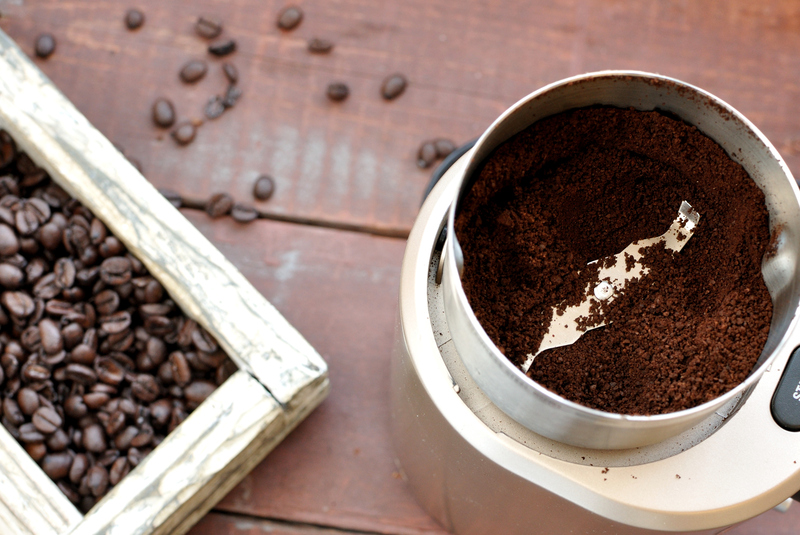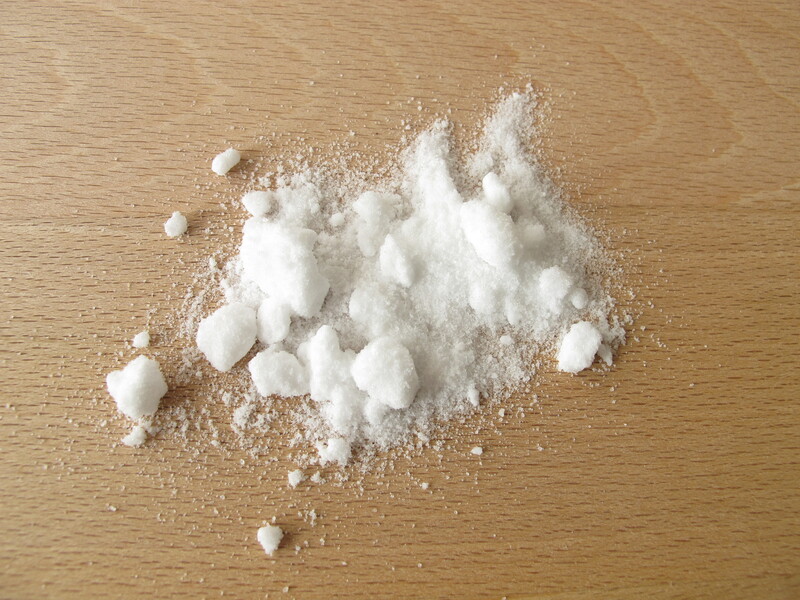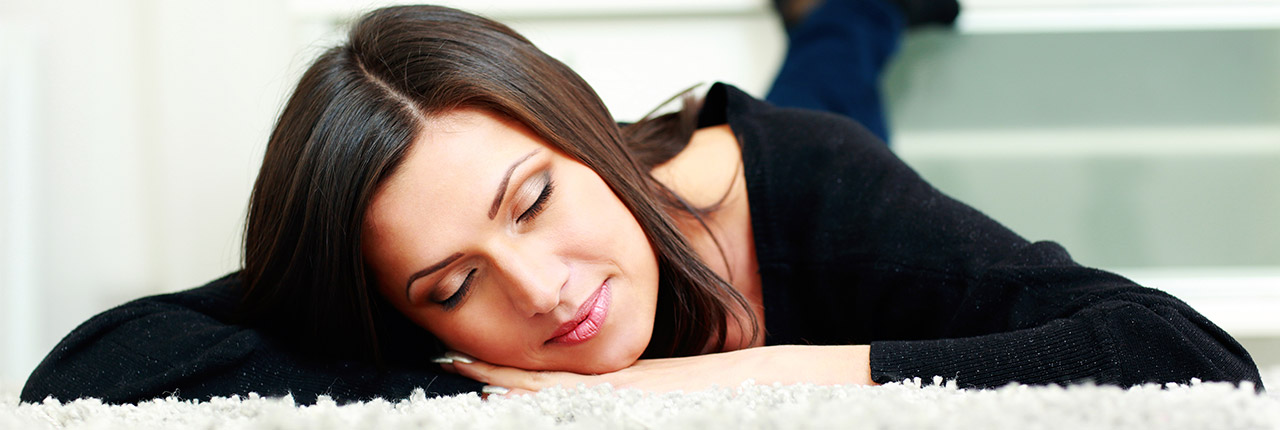Green DIY Cleaning Methods
Posted on 20/06/2025
Green DIY Cleaning Methods: A Sustainable Approach to a Clean Home
In recent years, there has been a growing awareness about the environmental impact of commercial cleaning products. Many commercial cleaners contain harsh chemicals that can be harmful to the environment and to our health. As a result, an increasing number of people are turning to green DIY cleaning methods. These methods utilize natural ingredients that are not only effective but also environmentally friendly and safe for the household.
The Importance of Green Cleaning
Traditional cleaning products often contain volatile organic compounds (VOCs), which can contribute to indoor air pollution and respiratory problems. When we use these products, they can release harmful substances into the air and waterways. Transitioning to green cleaning methods can help reduce the overall environmental footprint, promote healthier living spaces, and ensure that we are not contributing to pollution and health issues.

Essential Ingredients for DIY Green Cleaners
One of the best aspects of green DIY cleaning is that many of the essential ingredients are items you likely already have in your home. These include:
- Vinegar: Known for its disinfecting properties, vinegar is great for cutting through grime, removing odors, and killing bacteria.
- Baking Soda: A natural abrasive, baking soda is perfect for scrubbing surfaces, neutralizing odors, and acting as a gentle scouring powder.
- Lemon Juice: The acidity of lemon juice is perfect for breaking down soap scum and hard water stains, while also providing a pleasant, natural fragrance.
- Essential Oils: These concentrated plant extracts can be added to cleaning solutions for their antibacterial properties and delightful scents.
- Castile Soap: A vegetable-based soap that is biodegradable and can be used in a variety of cleaning solutions.
DIY Green Cleaning Recipes
Here are a few simple and effective DIY green cleaning recipes you can use around your home:
All-Purpose Cleaner
This versatile cleaner can be used on most surfaces, including countertops, floors, and bathroom fixtures.
- 1 cup distilled white vinegar
- 1 cup water
- 10-15 drops of your favorite essential oil (e.g., tea tree, lavender, or lemon)
Mix all ingredients in a spray bottle and shake well before each use.
Glass Cleaner
This streak-free formula is perfect for cleaning windows, mirrors, and glass surfaces.
- 1 cup distilled water
- 1 cup white vinegar
- 1 tablespoon cornstarch
Combine the ingredients in a spray bottle, shake well, and spray onto glass surfaces. Wipe clean with a lint-free cloth or paper towel.
Bathroom Scrub
This paste is ideal for removing soap scum and hard water stains from tiles, bathtubs, and sinks.
- 1/2 cup baking soda
- 1/4 cup Castile soap
- 10-15 drops of essential oil (e.g., eucalyptus or peppermint)
Mix the ingredients into a paste and apply to dirty surfaces using a sponge or brush. Let sit for a few minutes before scrubbing and rinsing clean.
Benefits of Green Cleaning Methods
Adopting green DIY cleaning methods comes with numerous benefits:
- Eco-Friendly: By using natural ingredients, you reduce the amount of harmful chemicals that enter the environment.
- Healthier Home: Green cleaners reduce exposure to toxic chemicals, improving indoor air quality and overall health.
- Cost-Effective: Many of the ingredients used in green cleaning are inexpensive and can save you money in the long run.
- Customizable: DIY recipes allow you to tailor your cleaning solutions to your specific needs and preferences, including your choice of scents and strengths.
Tips for Transitioning to Green Cleaning
If you're new to green DIY cleaning, here are some tips to help you make a seamless transition:
- Start Small: Begin by replacing one or two of your most-used cleaning products with DIY alternatives. Over time, you can expand to more products.
- Research: Take the time to learn about the properties of different natural ingredients and how they can be effectively combined.
- Label Your Products: Clearly label your DIY cleaning solutions to avoid confusion and ensure everyone in the household knows what they are using.
- Test on Small Areas: Before using a new DIY cleaner on a large surface, test it on a small, inconspicuous area to ensure it doesn't cause any damage.
- Store Properly: Keep your DIY solutions in well-sealed containers and store them in a cool, dry place to maintain their efficacy.
Common Misconceptions About Green Cleaning
There are several misconceptions about green cleaning that can discourage people from making the switch:
- Myth: Green cleaners are less effective. Many natural ingredients have potent cleaning and disinfecting properties. Vinegar, for instance, can kill many bacteria and viruses, and baking soda is an effective abrasive. While some elbow grease may be required, green cleaners can be just as effective as their commercial counterparts.
- Myth: Green cleaning is more expensive. Most DIY cleaning ingredients are inexpensive and readily available, making green cleaning a cost-effective option. Additionally, many DIY solutions can be made in larger batches, offering savings over time.
- Myth: Green cleaning is more complicated. Green DIY cleaning often involves simple recipes with minimal ingredients, making them easy to mix and use. As you become more familiar with the process, you'll find it straightforward and efficient.

Conclusion
Green DIY cleaning methods offer a sustainable and health-conscious alternative to traditional cleaning products. By leveraging natural ingredients such as vinegar, baking soda, lemon juice, and essential oils, we can create effective cleaning solutions that minimize environmental impact and promote a healthier living environment. With a little research and experimentation, transitioning to green cleaning can be an easy and rewarding process. By adopting these methods, we contribute to a greener planet while ensuring our homes are safe and clean.
Resources for Further Reading
For those interested in learning more about green DIY cleaning, consider the following resources:
- EPA's Greener Products
- Environmental Working Group's Guide to Healthy Cleaning
- Natural Resources Defense Council's Green Cleaning Tips
By educating ourselves and making conscious choices, we can all contribute to a cleaner, greener world.






